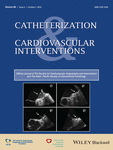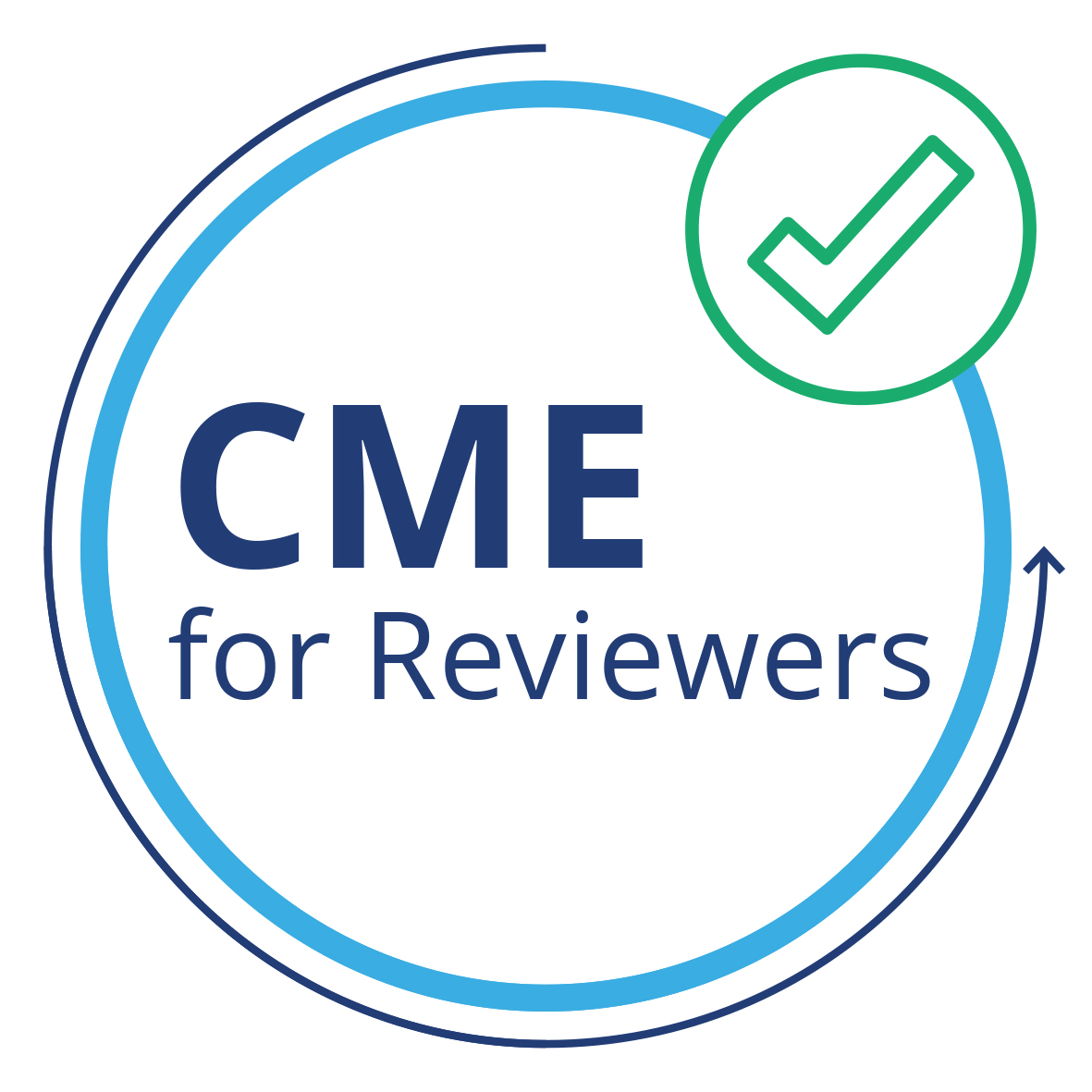Journal list menu
Export Citations
Download PDFs
Coronary Artery Disease
Original Studies
Editorial Comment
no
The Third Rail of Interventional Cardiology: Revascularization of Non-Infarct-Related Arteries During Primary PCI
- Pages: 506-507
- First Published: 19 October 2016
Key Points
- Despite current guidelines, there is expanding evidence for the safety and efficacy of routine multivessel PCI for STEMI patients.
- FFR has incremental value for assessing stenosis severity in STEMI patients with multivessel disease.
- Further studies of vulnerable plaque are needed to obtain a complete risk assessment in STEMI patients.
Original Studies
no
Ischemic Postconditioning After Routine Thrombus Aspiration During Primary Percutaneous Coronary Intervention: Rationale and Design of the POstconditioning Rotterdam Trial
- Pages: 508-514
- First Published: 10 September 2015
Editorial Comment
Original Studies
no
The influence of advancing age on implantation of drug-eluting stents
- Pages: 516-521
- First Published: 25 November 2015
no
Treatment of drug-eluting stent restenosis: Comparison between drug-eluting balloon versus second-generation drug-eluting stents from a retrospective observational study
- Pages: 522-528
- First Published: 30 December 2015
no
Angiographic patterns of drug-eluting stent restenosis after treatment with drug-coated balloon versus balloon angioplasty: Late lumen loss subgroup analyses of the PEPCAD-DES study
- Pages: 529-534
- First Published: 19 February 2016
Open Access
oa
“Real-World” Comparison of Prasugrel With Ticagrelor in Patients With Acute Coronary Syndrome Treated With Percutaneous Coronary Intervention in the United States
- Pages: 535-544
- First Published: 18 November 2015
Editorial Comment
no
ACS Treatment Continues to Improve: But Price Matters
- Pages: 544-545
- First Published: 19 October 2016
Original Studies
no
Cardiovascular Outcomes Following Rotational Atherectomy: A UK Multicentre Experience
- Pages: 546-553
- First Published: 03 June 2016
Editorial Comment
Editor's Choice
no
Fractional Flow Reserve Evaluation and Chronic Kidney Disease: Analysis From a Multicenter Italian Registry (the FREAK Study)
- Pages: 555-562
- First Published: 31 December 2015
Editorial Comment
no
Not just a FREAK finding, but perhaps an important insight
- Pages: 562-564
- First Published: 19 October 2016
Key Points
- Chronic renal failure patients carry enhanced risk for coronary artery disease that may not be captured by simple FFR measurements
- Microvascular resistance appears elevated in renal insufficiency and is a potential confounder that could result in a FFR higher than otherwise measured in a patient with normal microvascular system
- The potential for microvascular resistance in the final interpretation of FFR values in chronic renal insufficient patients raises interesting questions for further outcomes based research
Case Report
no
First-in-human robotic percutaneous coronary intervention for unprotected left main stenosis
- Pages: 565-570
- First Published: 18 May 2016
Pediatric and Congenital Heart Disease
Original Studies
no
Closure of Secundum Atrial Septal Defects by Using the Occlutech Occluder Devices in More Than 1300 Patients: The IRFACODE Project: A Retrospective Case Series
- Pages: 571-581
- First Published: 31 March 2016
no
Initial Experience With the Pediatric Impella Device: A Feasibility Study in a Porcine Model
- Pages: 582-589
- First Published: 24 May 2016
Editorial Comment
no
Small Acute Mechanical Circulatory Support Pumps for Small People
- Pages: 590-591
- First Published: 19 October 2016
Key Points
- Webb and Dimas identify that use of vascular chimney grafts is better than direct cannulation for delivering the Impella 2.5 axial flow pump via the carotid artery in a swine model.
- Given the growing demand for acute mechanical circulatory support (AMCS) pumps among pediatric patients, this report highlights vascular access techniques and equipment as a major unmet need for the pediatric population.
- New vascular sheaths, grafts, and techniques are required for greater adoption of AMCS devices in pediatric patients.
Original Studies
no
Early catheterization after initiation of extracorporeal membrane oxygenation support in children is associated with improved survival
- Pages: 592-599
- First Published: 01 April 2016
Case Report
no
Non-infectious thrombosis of the melody® valve: A tale of two cities
- Pages: 600-604
- First Published: 20 July 2016
Peripheral Vascular Disease
Original Studies
no
Impact of Glycoprotein IIb/IIIa Inhibitors Use on Outcomes After Lower Extremity Endovascular Interventions From Nationwide Inpatient Sample (2006–2011)
- Pages: 605-616
- First Published: 23 February 2016
Editorial Comment
no
Impact of Glycoprotein IIb/IIIa Inhibitors Use on Outcomes After Lower Extremity Endovascular Interventions From Nationwide Inpatient Sample (2006–2011)
- Pages: 616-617
- First Published: 19 October 2016
Valvular and Structural Heart Diseases
Original Studies
no
A New Specific Device in Transcatheter Prosthetic Paravalvular Leak Closure: A Prospective Two-Center Trial
- Pages: 618-624
- First Published: 23 February 2016
Editorial Comment
no
Paravalvular Leaks: One Size (or Shape) Doesn't Always Fit All?
- Pages: 624-625
- First Published: 19 October 2016
Original Studies
no
Two-Year Follow Up After Surgical Versus Percutaneous Paravalvular Leak Closure: A Non-Randomized Analysis
- Pages: 626-634
- First Published: 04 March 2016
Editorial Comment
no
Surgical vs Percutaneous Approaches to Paravalvular Leak: Is Closure Too Little Too Late, or Just Not Soon Enough: Editorial Comment on CCI-15-1144.R1: Two-year Follow-up After Surgical Versus Percutaneous Paravalvular Leak Closure: A Non Randomized Analysis.
- Pages: 634-635
- First Published: 19 October 2016
Key Points
- Percutaneous paravalvular leak (PVL) closure has lower procedure mortality than surgical closure in a non-randomized comparison
- Both percutaneous and surgical PVL closure have high long-term mortality with nearly half of patients dead after 2.5 years
- Multivariate analysis showed age, worse NYHA class, and renal failure were associated with worse prognosis
- Earlier detection and treatment of PVL should be considered to improve late results
Original Studies
no
Transfemoral valve-in-valve implantation for degenerated bioprosthetic aortic valves using the new balloon-expandable Edwards Sapien 3 valve
- Pages: 636-643
- First Published: 03 May 2016
no
Incidence and Clinical Impact of Stroke Complicating Transcatheter Aortic Valve Implantation: Results From the German TAVI Registry
- Pages: 644-653
- First Published: 03 June 2016
Editorial Comment
no
Stroke Prevention: Let's Prepare for Generation X TAVR
- Pages: 653-655
- First Published: 19 October 2016
Original Studies
no
Percutaneous left atrial appendage occlusion: Effect of device positioning on outcome
- Pages: 656-664
- First Published: 28 July 2016
Case Report
no
Transcatheter aortic valve replacement for native aortic valve regurgitation as a bridge to liver transplantation
- Pages: 665-670
- First Published: 01 October 2015
E-Only: Coronary Artery Disease
Original Studies
no
Revascularization heart team recommendations as an adjunct to appropriate use criteria for coronary revascularization in patients with complex coronary artery disease
- Pages: E103-E112
- First Published: 03 November 2015
E-Only: Pediatric and Congenital Heart Disease
Case Report
no
Esophageal perforation caused by an AMPLATZERTM vascular plug 4 occlusion device
- Pages: E113-E116
- First Published: 03 June 2016
E-Only: Non-Invasive Angiography
Original Studies
no
Dual-Source Computed Tomography for Chronic Total Occlusion of Coronary Arteries
- Pages: E117-E125
- First Published: 16 April 2014
E-Only: Coronary Artery Disease
Original Studies
no
Prevalence of aspirin resistance in Asian-Indian patients with stable coronary artery disease
- Pages: E126-E131
- First Published: 31 January 2014





